-
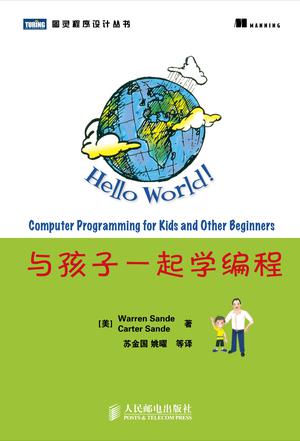
与孩子一起学编程
一本老少咸宜的编程入门奇书!一册在手,你完全可以带着自己的孩子,跟随Sande父子组合在轻松的氛围中熟悉那些编程概念,如内存、循环、输入和输出、数据结构和图形用户界面等。这些知识一点儿也不高深,听起来备感亲切,书中言语幽默风趣而不失真义,让学习过程充满乐趣。细心的作者还配上了孩子们都喜欢的可爱漫画和经过运行测试的程序示例,教你用最易编写和最易理解的Python语言,写出你梦想中的游戏程序。 “Hello, World!我来了!”编程乐趣无穷,起点就在脚下,请引导你的孩子走进这奇妙的世界。无论是中小学生还是其他初学者,都可以跟随本书学习Python编程,并过渡到任何其他语言,重要的是你将学会思考问题和解决问题的方法。 -
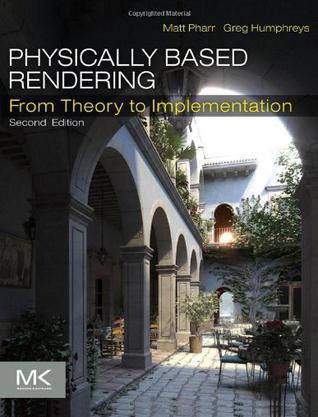
Physically Based Rendering, Second Edition
-
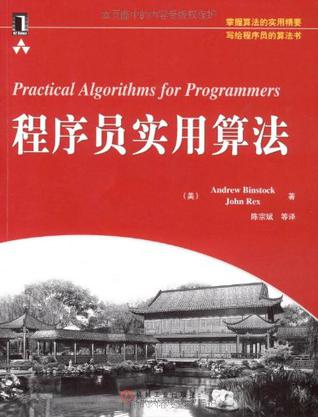
程序员实用算法
《程序员实用算法》重点关注的是实用、立即可用的代码,并且广泛讨论了可移植性和特定于实现的细节。《程序员实用算法》作者介绍了一些有用但很少被讨论的算法,它们可用于语音查找、日期和时间例程(直到公元1年)、B树和索引文件、数据压缩、任意精度的算术、校验和与数据验证,并且还最全面地介绍了查找例程、排序算法和数据结构。 《程序员实用算法》结构清晰,示例丰富,可作为广大程序员的参考用书。 -
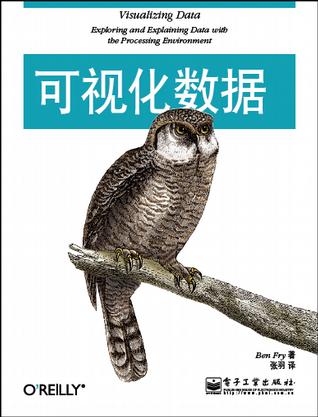
可视化数据
这是一本关于计算信息设计的书籍。从如何获取原始数据开始,到如何理解原始数据,本书都作了非常详尽的介绍。书中使用由作者开发的开源编程环境Processing编程,它非常简单易用。对于熟悉Java的程序员来说,本书后面的章节还介绍了如何将Processing和Java结合使用。 本书是写给那些拥有一个数据集合,好奇如何探索它,并且考虑如何交流这些数据的人们的。随着我们处理越来越多的信息,需要可视化数据的人的数量增长非常迅速。更重要的是,读者已经超越了某些可视化领域的专家。通过让更大范围的人接触到可视化思想,在接下来的几十年中应该可以看到一些真正让人惊叹的成果。 -
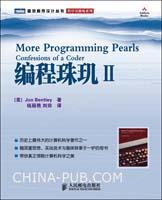
编程珠玑II
本书是计算机科学方面的经典名著《编程珠玑》的姊妹篇,讲述了对于程序员有共性的知识。书中涵盖了程序员操纵程序的技术、程序员取舍的技巧、输入和输出设计以及算法示例,这些内容结合成一个有机的整体,如一串串珠玑展示给程序员。本书适合各级程序员阅读参考。... 【媒体评论】 “《编程珠玑》第1版是对我职业生涯早期影响最大的书之一,其中的许多真知灼见多年之后仍然使我受益匪浅。Jon在第2版中对素材进行了大量更新,许多新内容让我耳目一新。”. ——Steve McConnell,软件工程大师,IEEE Software前主编,《代码大全》作者 “对每一位遇到的程序员,我都会毫不迟疑地建议他阅读并不断重读这部经典之作。”... ——Slashdot -
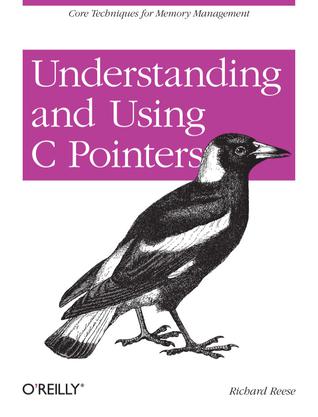
Understanding and Using C Pointers
Improve your programming through a solid understanding of C pointers and memory management. With this practical book, you'll learn how pointers provide the mechanism to dynamically manipulate memory, enhance support for data structures, and enable access to hardware. Author Richard Reese shows you how to use pointers with arrays, strings, structures, and functions, using memory models throughout the book. Difficult to master, pointers provide C with much flexibility and power - yet few resources are dedicated to this data type. This comprehensive book has the information you need, whether you're a beginner or an experienced C or C++ programmer or developer. Get an introduction to pointers, including the declaration of different pointer types Learn about dynamic memory allocation, de-allocation, and alternative memory management techniques Use techniques for passing or returning data to and from functions Understand the fundamental aspects of arrays as they relate to pointers Explore the basics of strings and how pointers are used to support them Examine why pointers can be the source of security problems, such as buffer overflow Learn several pointer techniques, such as the use of opaque pointers, bounded pointers and, the restrict keyword